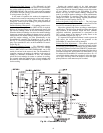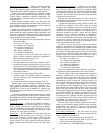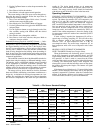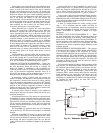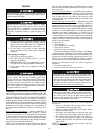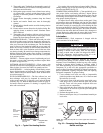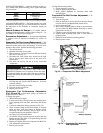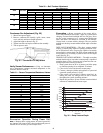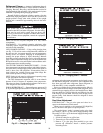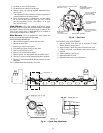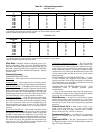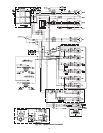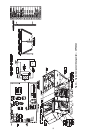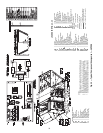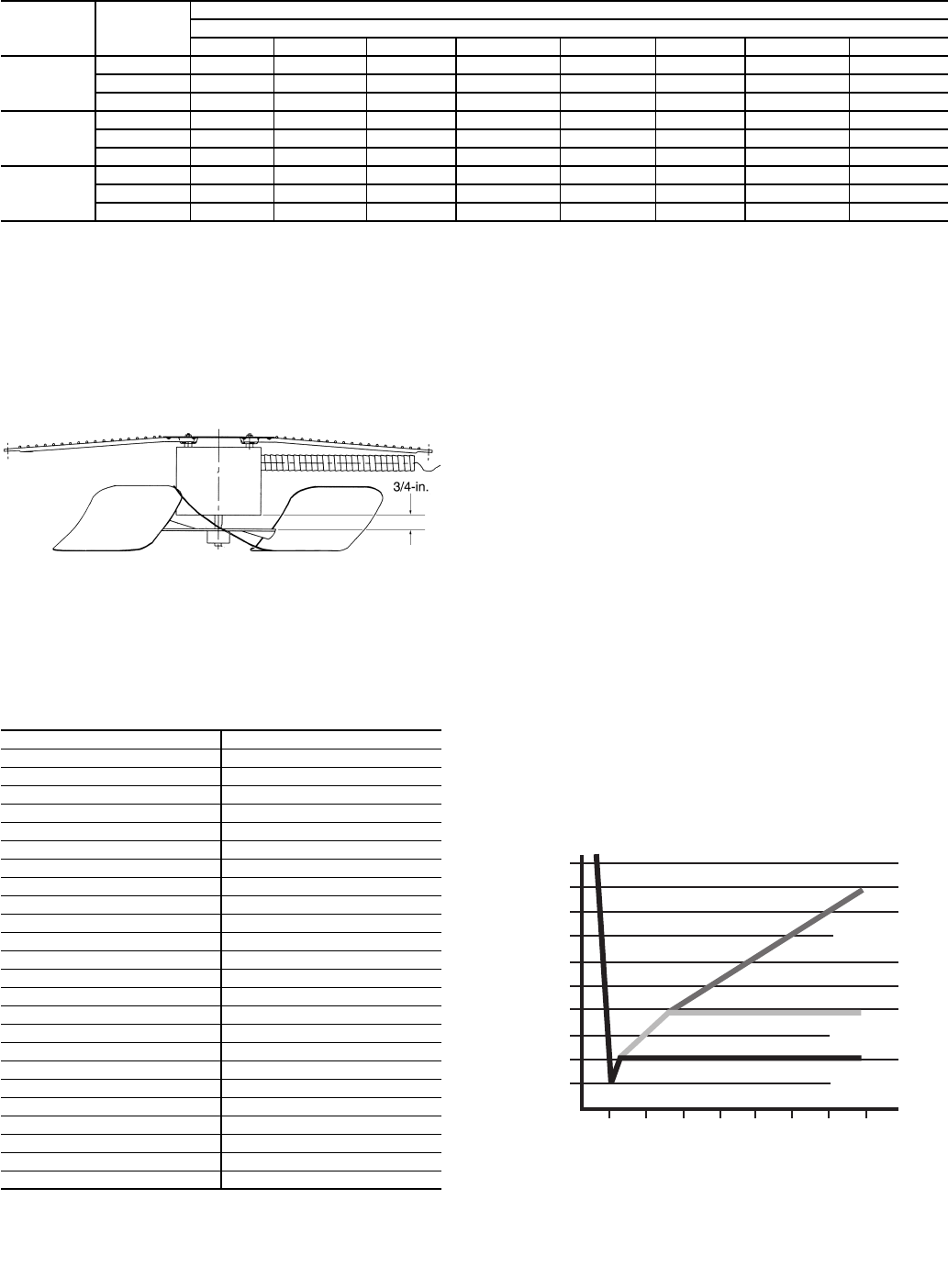
49
Table 30 — Belt Tension Adjustment
Condenser-Fan Adjustment (Fig. 35)
1. Shut off unit power supply.
2. Remove condenser-fan assembly (grille, motor, motor
cover, and fan) and loosen fan hub setscrews.
3. Adjust fan height as shown in Fig. 35.
4. Tighten setscrews and replace condenser-fan assembly.
5. Turn on power to unit.
Verify Sensor Performance — Using an ohmmeter
and a thermometer, compare measured temperature to the
resistance shown in Table 31.
Table 31 — Sensor Temperature/Resistance Values
Economizer Operation During Power Fail-
ure —
Dampers have a spring return. In event of power fail-
ure, dampers will return to fully closed position until power is
restored. Do not manually operate damper motor.
Evacuation — Proper evacuation of the system will re-
move noncondensables and ensure a tight, dry system before
charging. Evacuate from both high and low side ports. Never
use the system compressor as a vacuum pump. Refrigerant
tubes and indoor coil should be evacuated to 500 microns.
Always break a vacuum with dry nitrogen. The two possible
methods are the deep vacuum method and the triple evacuation
method
DEEP VACUUM METHOD — The deep vacuum method
requires a vacuum pump capable of pulling a minimum vacu-
um of 500 microns and a vacuum gage capable of accurately
measuring this vacuum depth. The deep vacuum method is the
most positive way of assuring a system is free of air and liquid
water. (See Fig. 36.)
TRIPLE EVACUATION METHOD — The triple evacuation
method should only be used when vacuum pump is capable of
pumping down to 28 in. of mercury and system does not con-
tain any liquid water. Proceed as follows:
1. Pump system down to 28 in. of mercury and allow pump
to continue operating for an additional 15 minutes.
2. Close service valves and shut off vacuum pump.
3. Connect a nitrogen cylinder and regulator to system and
open until system pressure is 2 psig.
4. Close service valve and allow system to stand for 1 hr.
During this time, dry nitrogen will be able to diffuse
throughout the system, absorbing moisture.
5. Repeat this procedure. System will then contain minimal
amounts of contaminants and water vapor.
48PG VOLTAGE
BELT TENSION (lb)
Unit Model Number Position 10
A,J B,K C,L D,M E,N F,P G,Q H,R
20
230 4.8 5.1 5.6 4.5 NA 4.7 5.0 5.5
460 4.8 5.1 5.6 4.5 NA 4.7 5.0 5.5
575 5.3 5.1 5.6 4.5 NA 5.2 5.0 5.5
24
230 4.8 5.1 5.6 4.5 NA 4.7 5.0 5.5
460 4.8 5.1 5.6 4.5 NA 4.7 5.0 5.5
575 5.3 5.1 5.6 4.5 NA 5.2 5.0 5.5
28
230 4.5 5.4 5.9 4.5 4.5 5.4 5.9 4.5
460 4.5 5.4 5.9 4.5 4.5 5.4 5.9 4.5
575 4.5 5.4 5.9 4.5 4.5 5.4 5.9 4.5
TEMPERATURE (F) RESISTANCE (ohms)
–58 200,250
–40 100,680
–22 53,010
–4 29,091
14 16,590
32 9,795
50 5,970
68 3,747
77 3,000
86 2,416
104 1,597
122 1,080
140 746
158 525
176 376
185 321
194 274
212 203
230 153
248 116
257 102
266 89
284 70
302 55
Fig. 35 — Condenser-Fan Adjustment
LEAK IN
SYSTEM
VACUUM TIGHT
TOO WET
TIGHT
DRY SYSTEM
0
1
2
3
4
5
6
7
MINUTES
5000
4500
4000
3500
3000
2500
2000
1500
1000
500
MICRONS
Fig. 36 — Deep Vacuum Graph



